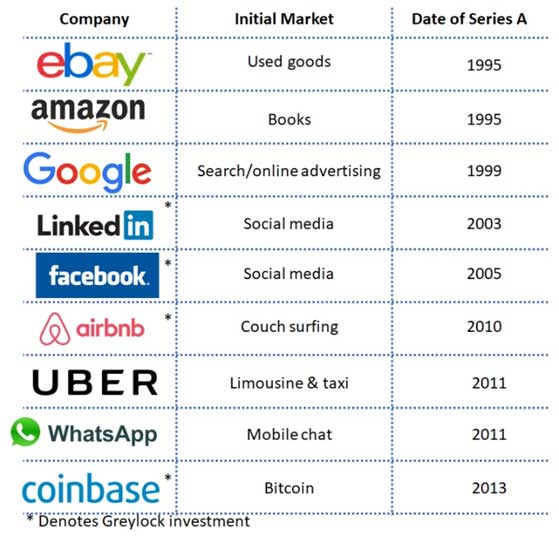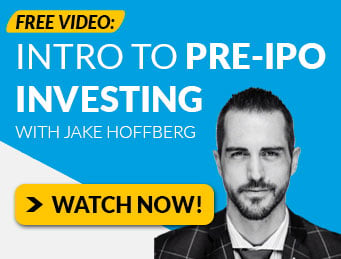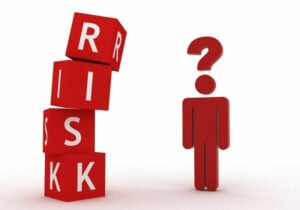When investors try to calculate potential returns, there’s no denying the importance of the Total Addressable Market (TAM)…
So much so that it’s become an obligatory slide in every pitch deck (along with what has now become the standard $1 trillion+ TAM).
But don’t be fooled by these lofty projections that seem to imply the sky’s the limit (along with your potential returns).
Before you invest, make sure you understand the key differences between…
TAM, SAM, SOM, and Market Share
Before we get too deep, let’s get some definitions out of the way.
TAM, SAM and SOM are acronyms that represent different subsets of a market.
- Total Addressable Market or TAM – the total possible market for your product or service, without limitations based on geography, distribution or product limitations
- Serviceable Available Market or SAM – the portion of your TAM that your product or service can actually reach given your geography, capabilities, and other relevant limitations to your business
- Serviceable Obtainable Market or SOM – the portion of the market you are aiming to capture, which should be aligned with your market share target and ideal customer profile
- Market share – the part of the market that your product or service has already captured
Basic math will tell you that the bigger the TAM, the better the potential opportunity to generate returns for shareholders.
While this technically makes sense, there are two major flaws in this assumption.
First… it assumes the TAM calculations are correct.
According to Jeff Bussgang, general partner and co-founder at seed-stage VC firm Flybridge…
“Recently, I have been reflecting on why it is that we venture capitalists and founders keep making the same mistake over and over again — a mistake that has become even more glaring in recent years.
Despite our exuberant optimism, we keep getting the potential market size wrong.
Market sizes have proven to be much, much larger than any of us had ever dreamed.”
For example, Squire – a software company dedicated to barber shops – struggled to get financing.
According to CEO Songe LaRon “Total available market size was the Achilles heel of our business in the eyes of investors.”
It’d be easy to dismiss the company as a niche opportunity that might be lucky to break 8-figures in revenue…
Today, the company is doing hundreds of millions of dollars in transaction volume.
Second… it doesn’t take into account what appears to be a small – or undefined – TAM, but has huge growth potential over time.
According to Matt Heiman, managing director at Vetemer Capital Management…
“If you had applied the TAM framework over the past 25 years, you would have passed on most of the best venture investments of all time.
A cursory examination of these companies in their early years highlights the danger of too heavily weighting TAM.
In fact, at the time of their Series A rounds, many of the very best venture investments would have had relatively small — or even undefined — TAMs.”
To be clear, I’m not suggesting TAM isn’t important. But it’s not the end all be all when considering an investment opportunity.
Why? Because the very best companies tend to fundamentally change the markets they operate in.
In the process, they have the potential to dramatically expand the size of their markets (like Facebook)…
Leverage their early market into other, larger markets (like Amazon)…
Or even define a new market by being the first to scale in an emerging category (like Coinbase).
Sincerely,
Jake Hoffberg – Publisher
Equifund



